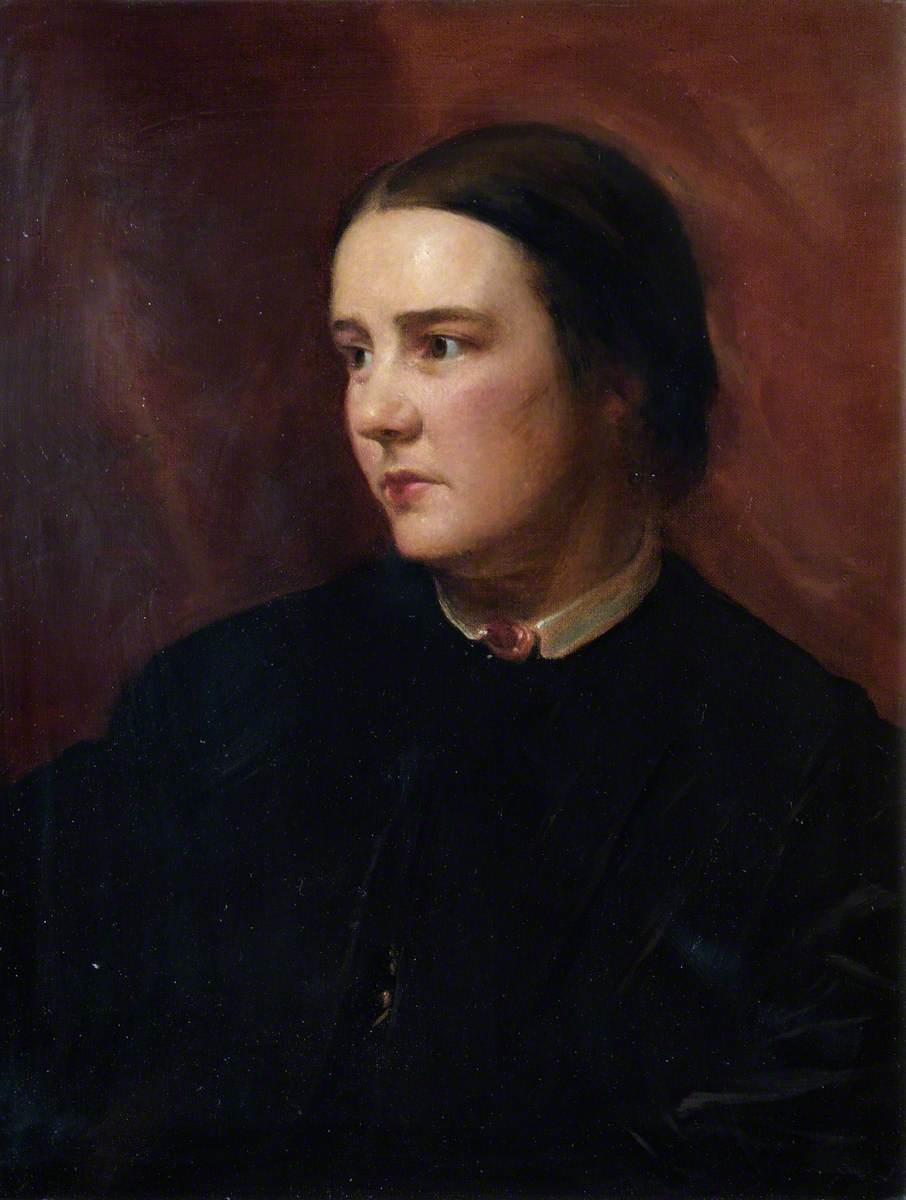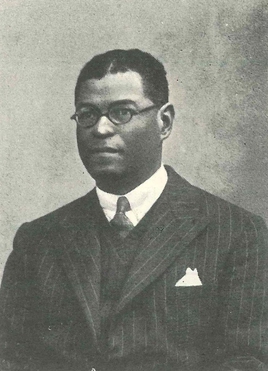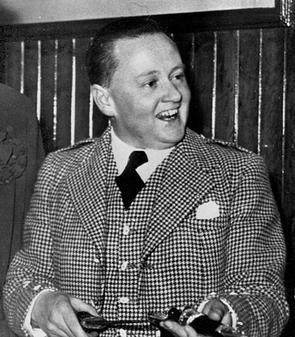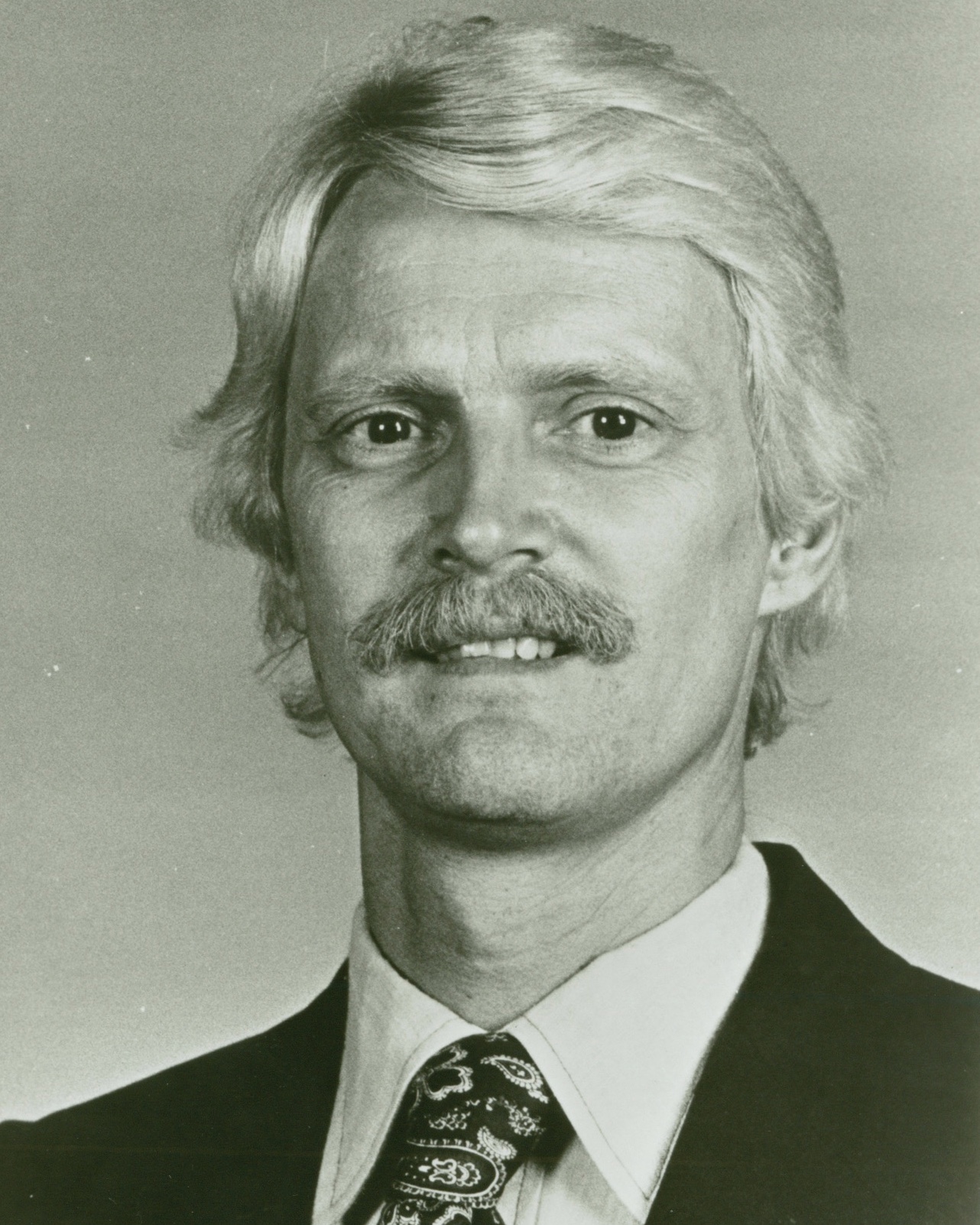Recognising LGBT+ Pioneers in Medical Sciences for LGBT+ History Month
February is LGBT+ History Month and the theme for this year is particularly relevant to me as a biologist and medical entomologist - Medicine!
For much of history, LGBT+ people have been pathologised by the medical establishment, being seen as sick, defective, and in need of “treatment”. From the use of electroconvulsive therapy or chemical castration to “treat” homosexuality, the listing of homosexuality, gender non-conformity and asexuality as mental disorders, the use of invasive “corrective” surgery on intersex children to “normalise” their appearance, or the continued difficulties transgender people face accessing gender-affirming healthcare, the relationship between LGBT+ people and medicine has often been fraught and difficult.
At the same time, the history of medicine and medical science is full of brilliant LGBT+ people who made crucial contributions to their fields, something which continues to this day. Despite the challenges that LGBT+ people have faced, and continue to face, there has been a huge positive shift in the attitudes towards LGBT+ people in UK healthcare and medical sciences in the last few decades, driven in no small part by the work of dedicated campaigners from within the medical and scientific communities.
This is why LGBT+ History Month 2024 is all about recognising LGBT+ people’s contributions to the fields of medicine and healthcare, both historically and today. Below you can find profiles of just some of the notable LGBT+ figures in medicine from throughout history who you may not have heard of before.
Dr Sophia Jex-Blake (1840-1912)

Dr Sophia Jex-Blake was the first woman to practice medicine in Scotland, after leading a campaign for the rights of women to access medical education in the late 1860’s. She led the “Edinburgh Seven”, a group of seven women who became the first to be allowed to enrol in any British university. She also founded two medical schools for women, which were the first of their kind in the UK, and was an avid campaigner for women’s suffrage. Dr. Jex-Blake lived with her partner and fellow physician, Dr. Margaret Todd (who also was coiner of the term “isotope”), from the late 1890’s until her death in 1912.
Cecil Belfield Clarke (1894-1970)

Dr Cecil Clarke was a Barbadian-born physician who studied medicine at Cambridge University and went on to have a long career as a physician in London. He is noted for developing “Clarke’s Rule” which is still used to determine medicine dosages for children. He was also a pan-Africanist and early campaigner for the rights of black people in Britain, becoming a co-founder of the League of Coloured Peoples in 1931. Despite homosexuality being illegal during his lifetime, Dr. Clarke lived discreetly with his long-term partner Pat Walker for almost 40 years, until his death in 1970.
Sir Ewan Forbes, 11th Baronet (1912-1991)

Sir Ewan Forbes was a GP who came from notable aristocratic family in Aberdeenshire, Scotland. Although registered as a girl at birth, he always maintained throughout his later like that this was "a ghastly mistake". He underwent hormone replacement therapy and lived life as a man from the 1930s onwards, studying medicine and becoming a respected rural GP. Despite successfully re-registering his birth as “male” in 1952, he faced a legal challenge upon his father’s death, when his male cousin argued Forbes was ineligible to inherit his father’s title as he had been born “female”. Ultimately, the court rules in Forbes’ favour and recognised him as a male with a right to the title of baronet, but this ruling was kept secret from the general public until the late 1990s to avoid creating a legal precedent for the recognition of gender transition.
Dr Bruce Voeller (1934-1994)

Dr Bruce Voeller was an openly gay biologist who, in 1973, became co-founder of the US National Gay Taskforce, the first LGBT right organisation in the US. He was among one of the first LGBT leaders invited to the White House to meet President Jimmy Carter in 1977 and was a tireless campaigner for LGBT rights in the United States. After the outbreak of the HIV-AIDS pandemic in the 1980s, he also dedicated himself to conducting and championing research on sex education and sexually transmitted diseases. Voeller is also noted for coining the term “AIDS” in the early 1980s to replace the inaccurate and stigmatising term “Gay-Related Immune Defence Disorder (GRIDD)”, which in use at the time. He also published the first study to measure and demonstrate the effectiveness of condoms in preventing the transmission of HIV. He passed away in 1995 of AIDS-related illness.